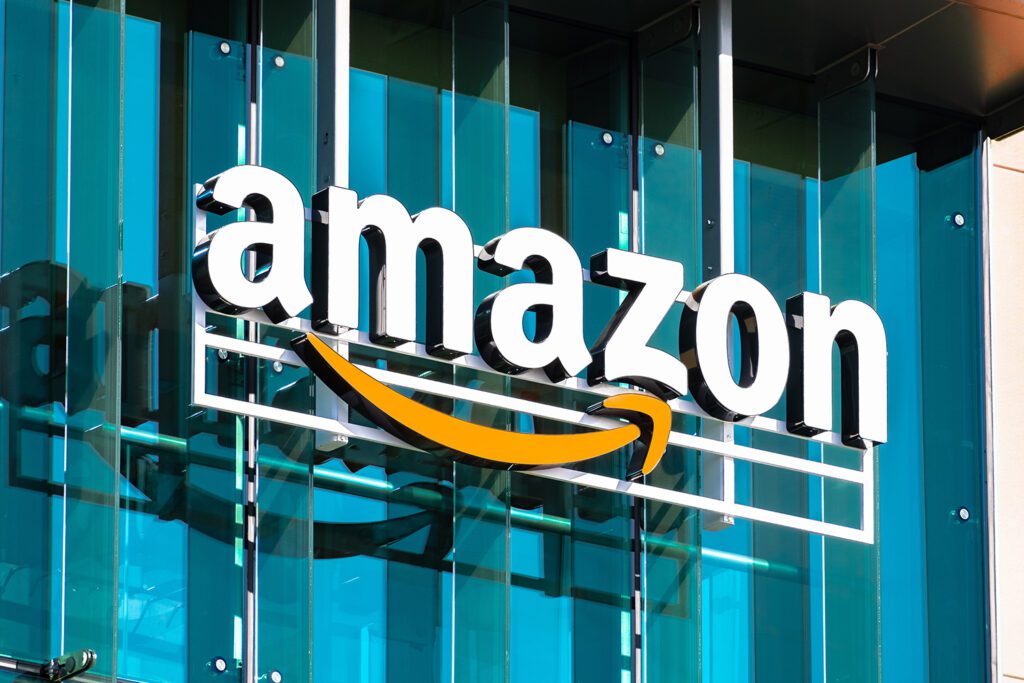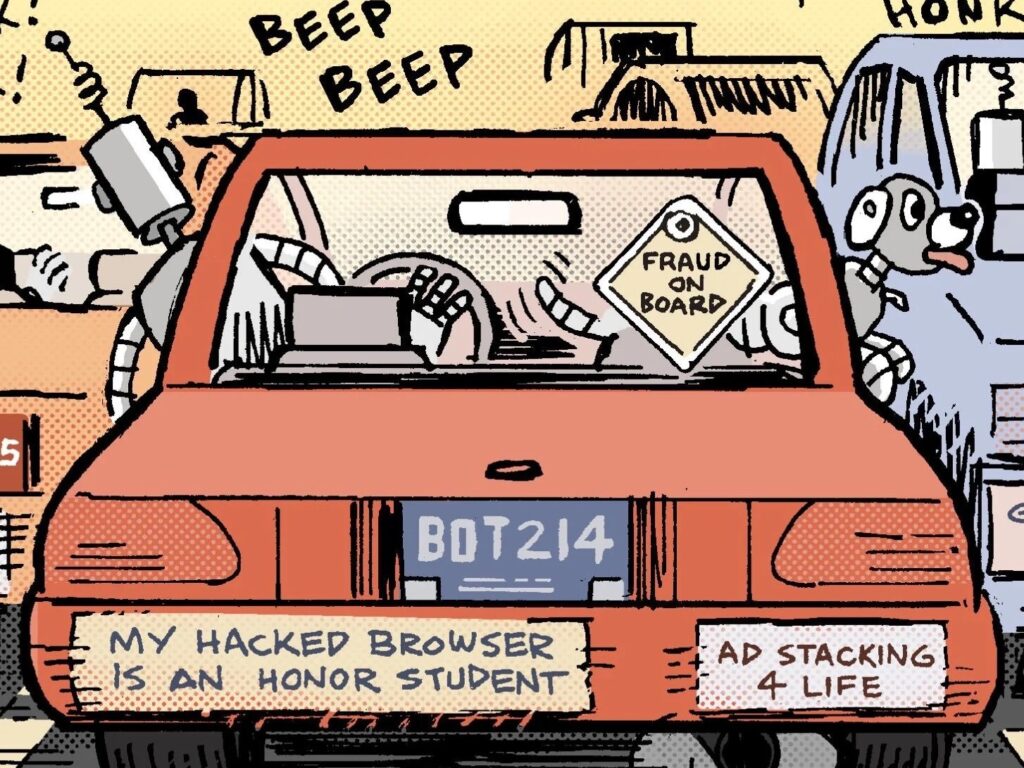One of the few marketing categories that traditionally do well during a downturn is the incentive business. That’s because properly structured incentive programs can: target specific people to promote specific behaviors; have a variable cost structure that puts off the payment until the results come in, and, even be reduced in projected cost if the gains don’t come in as hoped.
And, during this uneasy economic time, technology can be used to make an incentive program even more effective, presenting another compelling reason for organizations to improve results by better engaging their key audiences.
The Process of Engagement
Engagement is not simply the art of motivation, but it is also the process of making sure people are bought into doing the right things; i.e., engage in behaviors that result in customer satisfaction and retention, either directly or indirectly. That’s why incentive programs today are increasingly referred to as engagement strategies. They holistically address all of the factors that help people feel engaged with a company, a product, or their job.
Research consistently finds that while different people are motivated by different things, engagement of customers and employees generally springs from position-related emotions—a feeling that one’s work or business is valued and supported by the organization and feeling positive that they have the capability or ability to do what’s being asked (whether to buy a product or service or perform a task). Nuances, of course, exist between the engagement of customers and channel partners versus salespeople and employees, but the economics are highly related. There is a well-documented connection between loyal customers, engaged employees and financial results.
There’s More to Engagement than Rewards
Many companies focus most of their attention on the rewards portion of an engagement strategy. That’s because rewards can create a more positive emotional state in the organization, get attention and improve task value. Plus, they are easy to manage. What planners often overlook are the other critical issues that affect engagement, such as:
Communication—making sure there is ongoing dialog to inform key audiences, be they customers or employees
Learning and reinforcement—making sure people know how to do what’s being asked of them or how best to profit from your products or services
Community—developing a sense of belonging and connecting with other like-minded people.
Technology can be used to achieve all that. Obviously, the place to start is the Internet, as the Internet makes it possible for any size company to implement a highly targeted engagement strategy by enabling:
1.Communication that helps get people focused
2.Information-sharing that makes people more efficient and promotes feedback
3.Learning and assessing tools that maximize “capability”
4.Rewards and recognition programs that get attention, improve the emotional atmosphere and create fun.
Technology and Incentive Programs
Just as many business people overlook the importance of communication, reinforcement and community in their incentive program design, they also overlook this aspect in their use of incentive program technology.
There are dozens, if not hundreds, of reward solution providers with excellent technology that can help address the communications and measurement aspects of the program. This can be done with solutions already available from incentive or technology companies, or through tailored solutions that can be pieced together using various types of Web services, such as e-mail marketing technology, blogs, content management, surveys and others.
For very small startup costs, technology can be used to help companies identify a critical audience and a business objective, and then launch a fully integrated engagement strategy—the bulk of whose costs arrive at the end of the program based on end-results. These are economics that can look quite compelling in the current business environment.
Andrea Lightman is vice president, customer operations Selling Communications, Inc. and a member of the Incentive Federation at www.incentivecentral.org. She can be reached at [email protected]. Jeff Dalton is president of Paramax. He can be reached at [email protected].
 Network
Network

